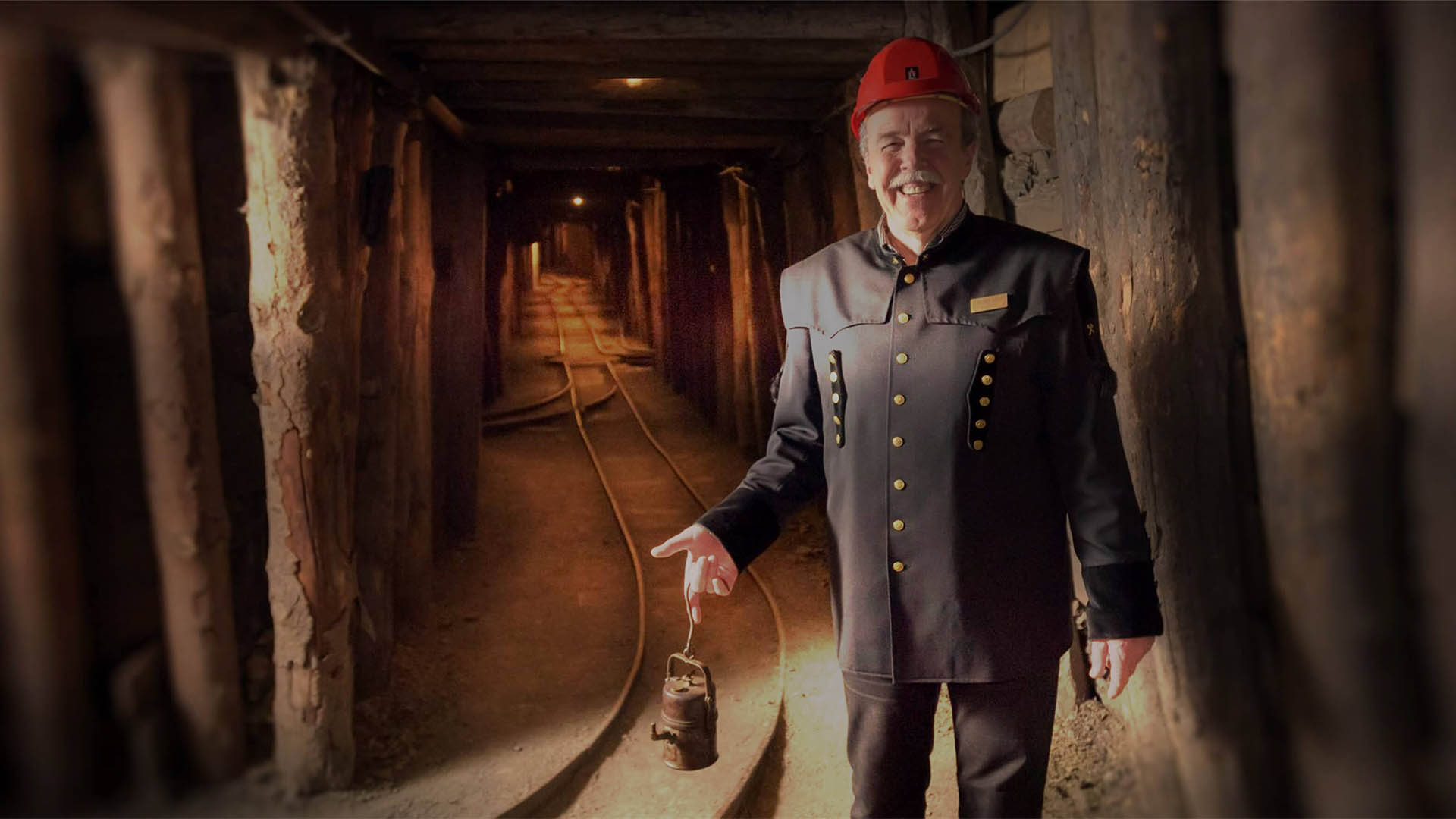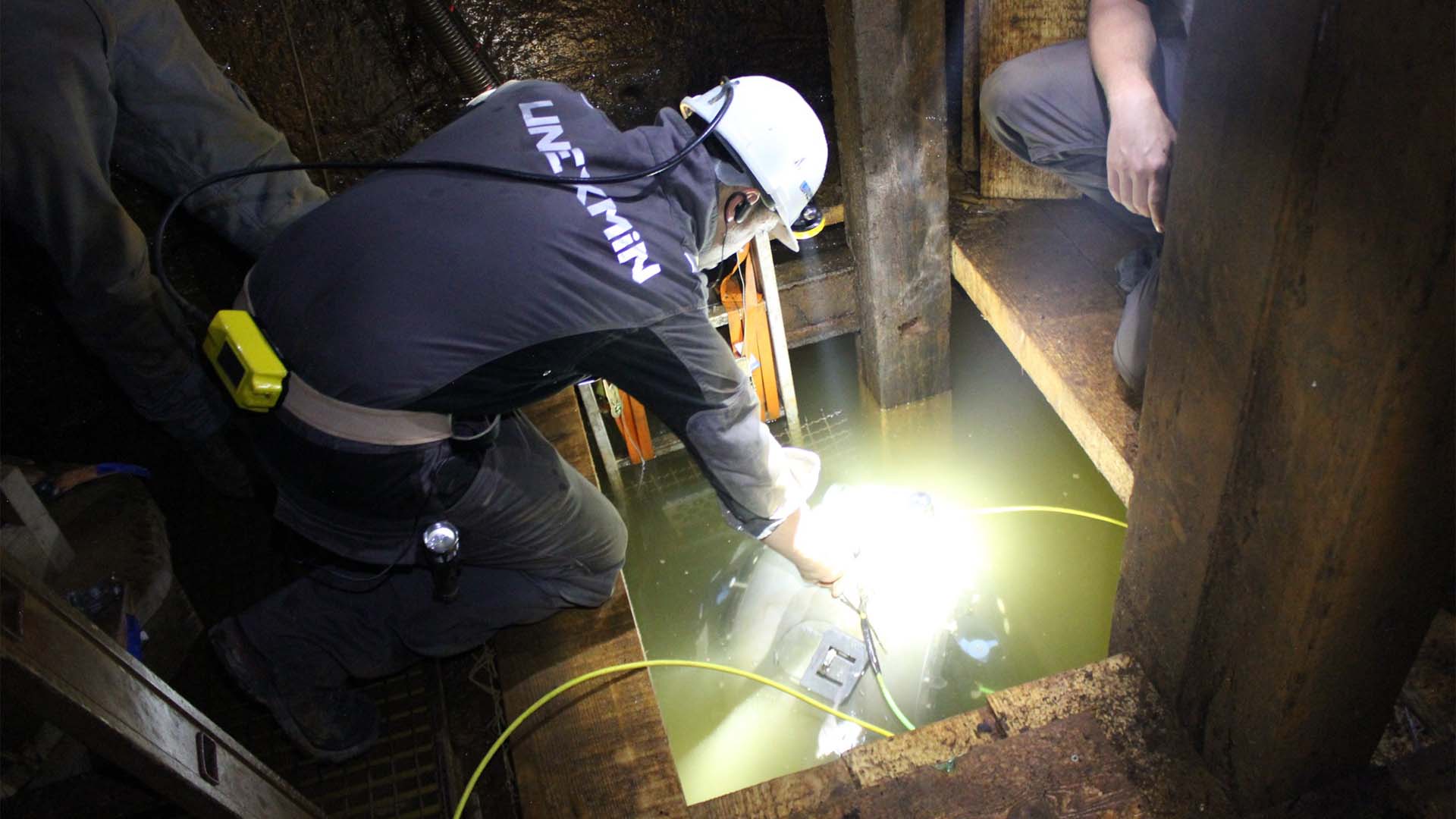
Idrija Mercury Mine - Historic mine and UNESCO site
The Idrija Mercury Mine, located in the town of Idrija in western Slovenia, is one of the oldest and largest mercury mines in the world. With over 500 years of mining history, it is a UNESCO World Heritage Site and a fascinating cultural landmark. Visitors can explore the underground tunnels, learn about the town’s rich industrial heritage, and see how mercury was extracted and used across centuries.
Visitor Fees
- Adults: ~13–16 EUR (depending on tour)
- Children / Students / Seniors: ~9–11 EUR
- Family tickets and group discounts available
- Guided tours included in the price
- Advance booking recommended, especially in peak season
Transportation
- By Car – Idrija is about 1.5 hours from Ljubljana; parking is available in town
- By Bus – Direct buses from Ljubljana and nearby towns
- By Train – No direct train; nearest station is in Logatec, then take a bus or taxi to Idrija
Things to See & Do
- Visit Anthony’s Shaft (Antonijev rov) – One of the oldest preserved mining tunnels in Europe, open to visitors
- Walk through underground passages – With safety gear and a knowledgeable guide
- Learn about mercury – Discover the science, risks, and uses of mercury through interactive exhibits
- Heritage of Miners – See traditional miners’ tools, clothing, and working conditions
- Hg Smelting Furnace – A restored historic mercury smelting facility
- UNESCO Museum Tour – Explore Idrija’s inclusion in the Heritage of Mercury listing

Why People Enjoy Visiting
Visitors are drawn to Idrija for its unique blend of science, history, and adventure. It’s one of the few places where you can explore the mysterious world of mercury mining, step into real underground tunnels, and understand the life of miners in past centuries. The site is family-friendly, educational, and deeply atmospheric.
How Old Is Idrija Mercury Mine?
- Discovered in 1490, when mercury was found floating on a spring
- Mining operations began shortly after and lasted over 500 years, ending in 1995
- Designated as a UNESCO World Heritage Site in 2012, together with Almadén Mine in Spain
- The town of Idrija grew around the mine, becoming a center of science and engineering in Central Europe
List of Activities
- Take a guided underground tour in Anthony’s Shaft
- Explore the Hg Smelting Plant Museum
- Visit the Idrija Municipal Museum at Gewerkenegg Castle
- Try traditional Idrija žlikrofi – a local dumpling dish with protected origin status
- Attend festivals and educational workshops
- Walk the Idrija heritage trail for views of the town and historical buildings
Additional Nearby Attractions
- Gewerkenegg Castle – Renaissance castle that houses Idrija’s town museum
- Wild Lake (Divje jezero) – A mysterious karst lake and protected natural monument
- Cerkno Region – Great for hiking, skiing, and visiting the Franja Partisan Hospital
- Lace-Making School and Museum – Idrija is famous for its fine lace, a tradition passed down through generations
- Trnovski Forest Plateau – A great nature escape for hikers and cyclists
The Idrija Mercury Mine is more than just a historical site—it's a journey into the depths of the Earth and the ingenuity of human labor, offering a memorable, educational, and immersive experience for all ages.